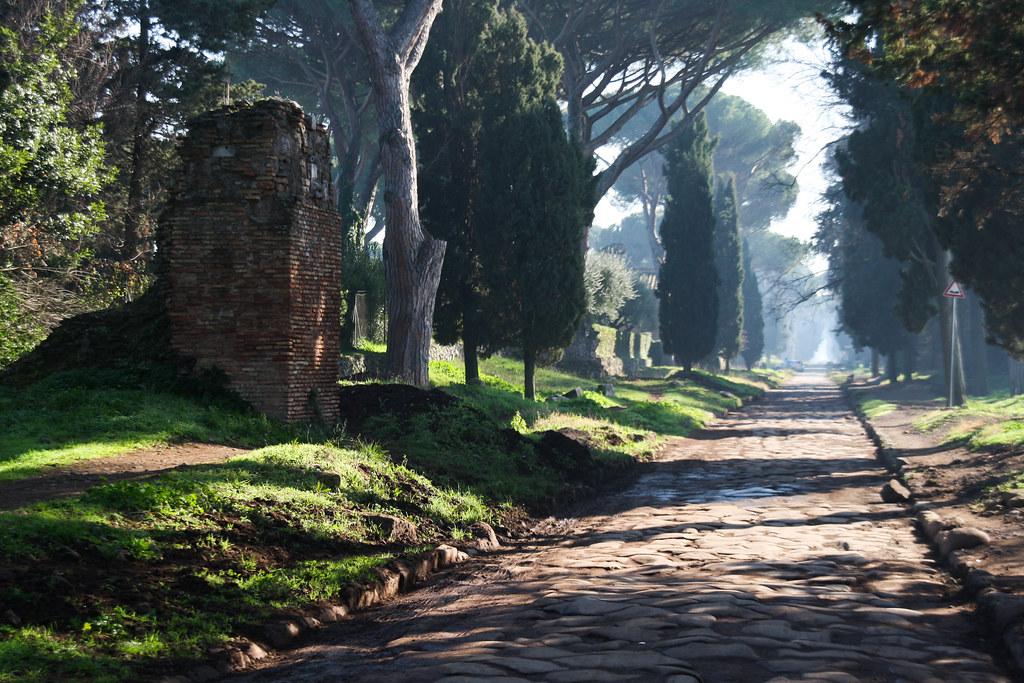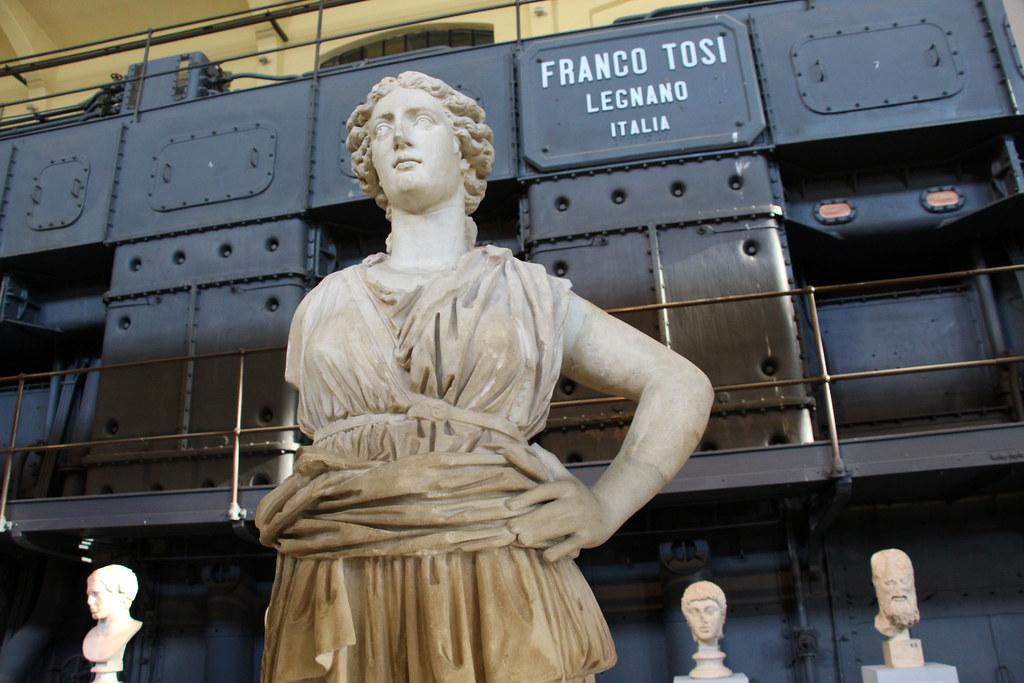Rome is undoubtedly the most popular among tourists of all the possible cities to visit in Italy. You can only get to know the other cities if you’ve seen the capital. Of course, there’s no such law, but Rome is such a large and intriguing city; you’ll need to live there to see everything. Well, there is much more to see outside the typical tourist traps. These are some lesser-known sights to see in Rome if the Trevi fountain and the Colosseum have already worn you out.
Want to get away from the tourist traps and into something more authentic and unique in Rome, something that you won’t see on Instagram a thousand times? Here’s where to look!
Museum of the Holy Souls in Purgatory

Situated within the Chiesa del Sacro Cuore, the Museum of the Holy Souls in Purgatory is home to objects that the flaming hands of souls in purgatory should sign. According to Catholic beliefs, the soul must spend time in purgatory to make up for whatever sins it may have committed after death. But, the prayers of those left behind on earth may help speed the soul to paradise.
The collection may be limited (only in one glass case), but the exhibition of things will captivate you. See the handprint of a dead priest in a book and the book of a lady who claims her mother-in-law came to her and begged that a mass be said for her.
Fingerprints and handprints were found on a nightcap, shirt sleeve, prayer book, and even a wooden table, among other unusual places.
Appia Antica

Known as the Via Appia Antica in Latin, the Appian Way was an ancient Roman road connecting Rome’s capital city with the rest of the peninsula. Construction of this important thoroughfare started in 312 BCE under the direction of senator Appius Claudius Caecus.
The popular idiom “All roads lead to Rome” has its roots in this major roadway. The Appian Way Regional Park, or Parco Regionale dell’Appia Antica, protects a section of the ancient road.
It’s a terrific spot to escape the city, as it’s the second-largest urban park in Europe, with 4,580 hectares. The beginning of the approximately 16-kilometer Appian Way length may be found in Piazzale Numa Pompilio.
Protestant Cemetery

For those interested in the afterlife, the Protestant Cemetery of Rome is one of the oldest cemeteries in Europe that is still in use today. It is where non-Catholics and foreigners who died in the Eternal City are laid to rest. Oscar Wilde called this cemetery the “holiest place in Rome.” It is indeed the final resting place of many famous people, including the English Romantic poets John Keats and Percy Bysshe Shelley, the Italian Communist leader Antonio Gramsci, the Italian novelist Carlo Emilio Gadda, the American sculptor William Wetmore Story, who is buried beneath an Angel of Grief, and many others.
Protestant Cemetery, with its tall Mediterranean cypress trees, flowers, and grassy meadow, is a tranquil refuge from the hustle and bustle of the city streets of Rome.
In addition to the tombs, the nearby Pyramid of Cestius and the old Aurelian Wall may be seen from here.
Trastevere

The finest of Rome lies concealed on the opposite side of the River in this lovely neighborhood. In reality, “trans-Tiberim” (meaning “beyond the Tiber”) is where the term comes from in Latin. Ponte Sisto is a magnificent pedestrian bridge connecting the Trastevere neighborhood to the rest of Rome.
In addition to the restaurants and exciting nightlife, be sure to wander the city’s winding alleyways and cobblestone streets. It used to be a poor section of town, but now it’s a hotspot for visitors and residents alike. The Piazza Santa Maria is the hub of the neighborhood, and at night it fills up with people who have come to see the street performers.
Get the inside scoop on Rome’s best-kept culinary secrets while enjoying a multi-course meal and bottle of wine. The tour’s knowledgeable English-speaking guide makes the experience all the more enjoyable.
Centrale Montemartini

Centrale Montemartini is different from your typical museum; it was formerly the city’s first electric power plant and now contains some of the Capitoline Museum’s ancient Greek and Roman sculptures. Marvel at the harmonious coexistence of ancient marble statues (think Athena, Aphrodite, Hera, Achilles, and others) with vintage technology, a dramatic contrast that will leave you with lasting memories of your stay.
Many sections of temples, villas, tombs, monuments and magnificent mosaics from a garden on one of Rome’s legendary hills may be found at the museum, which contains artifacts discovered during various excavation efforts.
Two massive diesel motors built by the Tosi company in 1933, together with intact turbines and steam boilers, provide fascinating insights into Rome’s preparation for industrialization and modernization at the turn of the 20th century.
Although every square inch of Rome has been “found” by a tourist at some point, hidden treasures and secret locations are surprisingly simple to locate in the Eternal City. Rome is a popular tourist destination since it is home to some of the world’s most iconic landmarks and a wealth of cultural and historical institutions.
Lastly, read more about travel around the world here.



